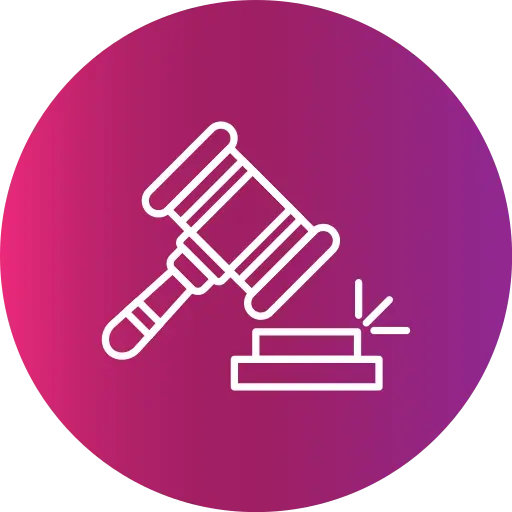
Medicine in the US is the closest we have to a free market. (Newly developed pharmaceuticals being a bit of exception due to the nature of our patent system) In a free market you work on principles of supply and demand. An important concept here is that of inelastic demand. For certain goods, up to a certain point demand will remain constant regardless of price as they are essential to life or addictive. Think gasoline, water, cigarettes, etc…
With medicine people will generally spend whatever it takes often even going into debt if necessary because they value continuing to live very highly. As a result, hospitals are able to charge as much as they think people are willing to pay before they decide that dying is a better financial decision.
You could argue that in a free market, hospitals which charge less will see more business pushing costs down. For certain areas like elective plastic surgery the whole free market model actually works out fairly well since people have the option to shop around. However, let’s say you get in a life threatening car crash. In that moment you don’t have the time to shop around for the cheapest ambulance provider and run a cost benefit analysis on which one has the closest ambulance. After that you can’t shop around local hospitals to see which can offer the cheapest solution for your procedure because first off you don’t know exactly what’s wrong until you get to the hospital. Second, you’re currently suffering from serious injuries and need to get to the closest hospital. This is why just about the entire developed world apart from the US has nationalised healthcare. Is it completely free of issues? No. Are there some markets where private healthcare can offer better service? Yes. However, you don’t have people going into financial ruin because they needed emergency medical care.











Wouldn’t the libertarians take more votes from the Republicans than the Dems?